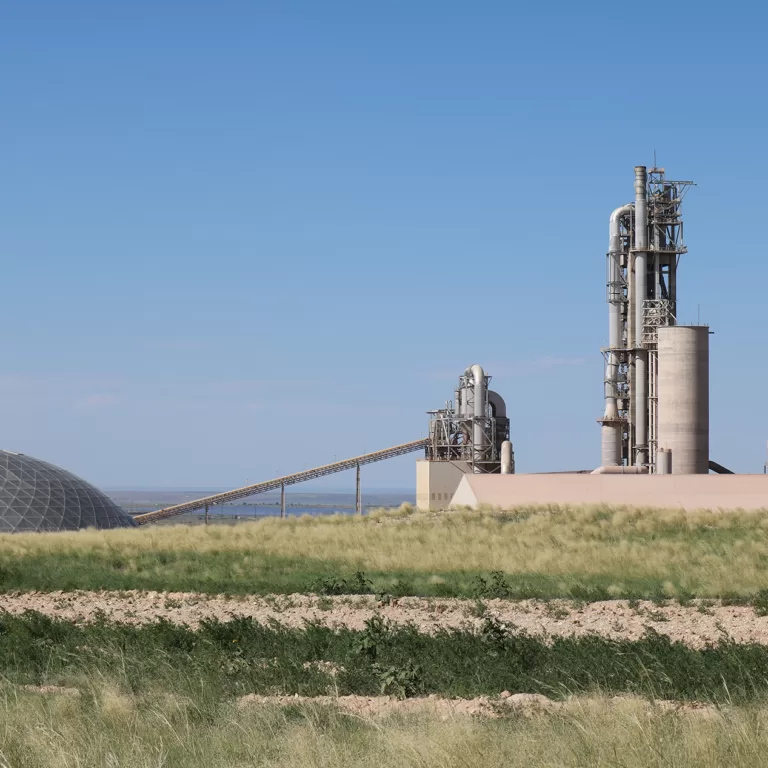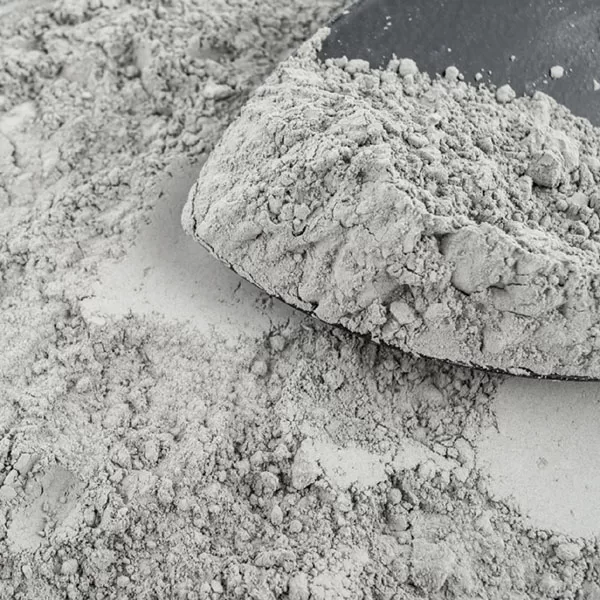Type 1L Cement
 You’ve most likely heard of the concrete industry’s shift to Type 1L cement. The goal of Type 1L cement, or Portland-Limestone Cement (PLC), is to offer a more sustainable option than traditional Ordinary Portland Cement (OPC) by reducing carbon emissions during production – while maintaining similar performance characteristics.
You’ve most likely heard of the concrete industry’s shift to Type 1L cement. The goal of Type 1L cement, or Portland-Limestone Cement (PLC), is to offer a more sustainable option than traditional Ordinary Portland Cement (OPC) by reducing carbon emissions during production – while maintaining similar performance characteristics.
Why the change?
Next to water, concrete is the second most widely used material in the world. That being said, it should not be surprising that the production of concrete contributes roughly 8% of the yearly global CO2 emissions. More than half of the CO2 emissions is released during the production of cement which is the primary binding agent used in concrete. During this production process, limestone, clay, and other materials are heated and caused to chemically react. The resulting material is ground in a mill with gypsum, to produce the ordinary Portland Cement (OPC) used to make concrete. It is the energy needed to create the heat and the subsequent chemical reaction that produce the CO2 emitted by this process. Any lowering of the CO2 output from the production of cement would produce a measurable effect on the total emissions of CO2 and thus slow the present rate of climate change. How can we lower the emissions? Simply put, we can reduce the amount of Portland Cement in the concrete.
As an example of this change in the cement mix, Type 1L Cement is made by blending in raw limestone to replace part of the Portland Cement and thus reduce the carbon footprint used to make concrete.
How is Type 1L cement different?
 Despite the similarities between Type 1L and Type I/II cements, variations in particle fineness, softness, and limestone levels can lead to differences in the way the material behaves. Knowledge of these performance nuances can help improve material predictability and the quality of the cement paste and finished concrete.2
Despite the similarities between Type 1L and Type I/II cements, variations in particle fineness, softness, and limestone levels can lead to differences in the way the material behaves. Knowledge of these performance nuances can help improve material predictability and the quality of the cement paste and finished concrete.2
Today’s Type 1L cement can contain anywhere from 5 to 15% raw limestone, but the eventual goal may be to increase that percentage up to 30%.3 The greater the proportion of limestone in the blended cement, the greater the fineness and total particle surface area of the material. This can cause reduced workability, decreased bleeding, increased water demand, and less desirable finishing characteristics. Failures can include plastic shrinkage cracks, thermal cracks, and a weak and dusty surface. Similarly, as Type 1L cement’s particle fineness increases, set times decrease. The greater the limestone content in the blended cement, the greater the impact on set times.2
How does this impact concrete projects in WNY?
It’s no secret that there are countless factors and conditions that can impact the performance and aesthetics of finished concrete. For example, the temperature and humidity at the construction site can fluctuate not only day to day, but hour to hour. These factors have a direct impact on the timing of and the processes used in the finishing of the concrete slab. Saw cutting the control joints can also be affected. All of this is important in terms of the final finish of the surface of the concrete.
No matter the exact percentage of raw limestone in Type 1L, concrete containing this type of cement may react differently than Type 1 and Type 2 cements – which would require adjustments to the placement of concrete and post placement processes (chemical applications, polishing, etc.).
The difference, when relating to the placement of Type 1L concrete, is that the project managers, concrete finishing supervisors, and the concrete crews have a lot of experience with what will happen under a wide range of conditions with OPC. Type 1L cement will likely introduce new challenges to understand and overcome. Knowledge and communication will continue to be key elements to help navigate this transition.
What are the next steps?
The industry is marking major milestones on its journey to a more sustainable future with the market conversion to lower carbon-intensive Type 1L cement. While the performance attributes of Type 1L cement are similar, much work lies ahead in addressing the impact of differences in material behavior, as new mixes are developed. This work has to be done to provide the industry with the confidence to fully embrace new mix designs.
Updating performance standards and test methods to support the reliable assessment of concrete made with new cement mixes needs to be expedited. Additional clarity is required about material behavior nuances and their impact on fresh and hardened concrete properties. More in-depth investigative research studies are necessary to further assess and verify long-term performance.
Studies around workability (especially with varying cement products), flat surface wear, scaling due to freeze-thaw, test behavior with supplementary cementitious materials (SCMs), and additional refinement test methods for alkali silica reactivity would benefit the industry and help create an even better product in the future.2
Moving forward
The MJA Company continues to monitor the concrete industry and prepare for inevitable changes. The shift to Type 1L cement may be the first of many trends over the coming years. There are other low-carbon cement products being manufactured and tested. With the industry’s commitment to be carbon neutral by 2050, new processes and products will likely be introduced. Some of these changes will have little impact on how we work while others may require significant adjustments.
As always, if you have any questions about this topic or any other topic that deals with the treatment, repair, and renovation of concrete floors please feel free to call 716-831-7091.
1 Portland Cement Association – https://bit.ly/3R6wfNP
2 CTLGroup – https://bit.ly/3FvLeyk
3 Prosoco, Inc. – https://bit.ly/41IJXvc
